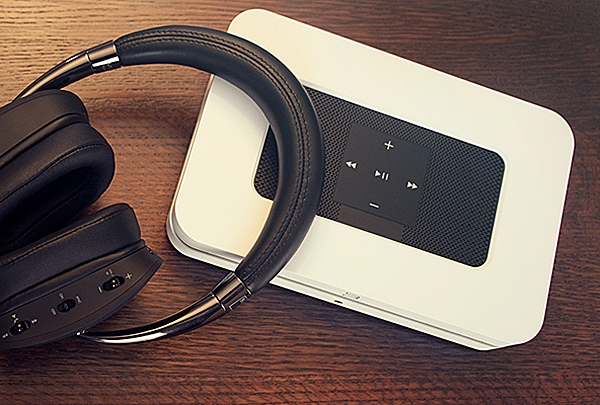| Columns Retired Columns & Blogs |
...... your DAC's TosLink input—problem solved." quoted Jim Austin.
That's exactly what I've been doing when I bought my RCA 50" 4KUHD WiFi TV for a dirt cheap Black Friday price 2 years back. It comes with a TosLink optical output which feeds TV music into my HiFi via a DAC.
No hassle !
First off, I've decided the quality of any digital music programme from CD, BLu-ray, DAC etc, are of lesser priority than high quality music from my vinyl collection.
So I did not spend any serious money for any brandname DACs. Why should I?? I just bought a no-name basic DAC (with both TosLink & coaxial 1nputs) & L/R unbalanced RCA jack outputs from a no-name web vendor for a dirt cheap price with a bonus optical cable !!! So the DAC is hooked up to my tube phono-preamp (passive linestage), with TV music signals fed from my 4K TV via the optical cable. Quick & easy !
So everything said & done with no hassle for dirt dirt cheap money, I already start streaming numberless up-to-date (mainly) classical music performances worldwide through YouTube whenever convenient to me - FREE !!!!
Needless to say the WiFi HD picture quality is good without any disrupting glitches common in using cellphones or even labtops.
What pleasantly surprised me is the pretty good quality sound processed by the cheapie basic DAC fed by my HD TV !!
Pretty analytical in terms of music instrument positioning & soundstaging. I just can't complain considering WiFi music is only for for my music access convenience. Only vinyl music is for serious enjoyment, IMO.
Jack L
PS: I always 'conceal' up my 50" TV with a soft fabric cover to reduce undue sound reflection when TV is not in use.









































